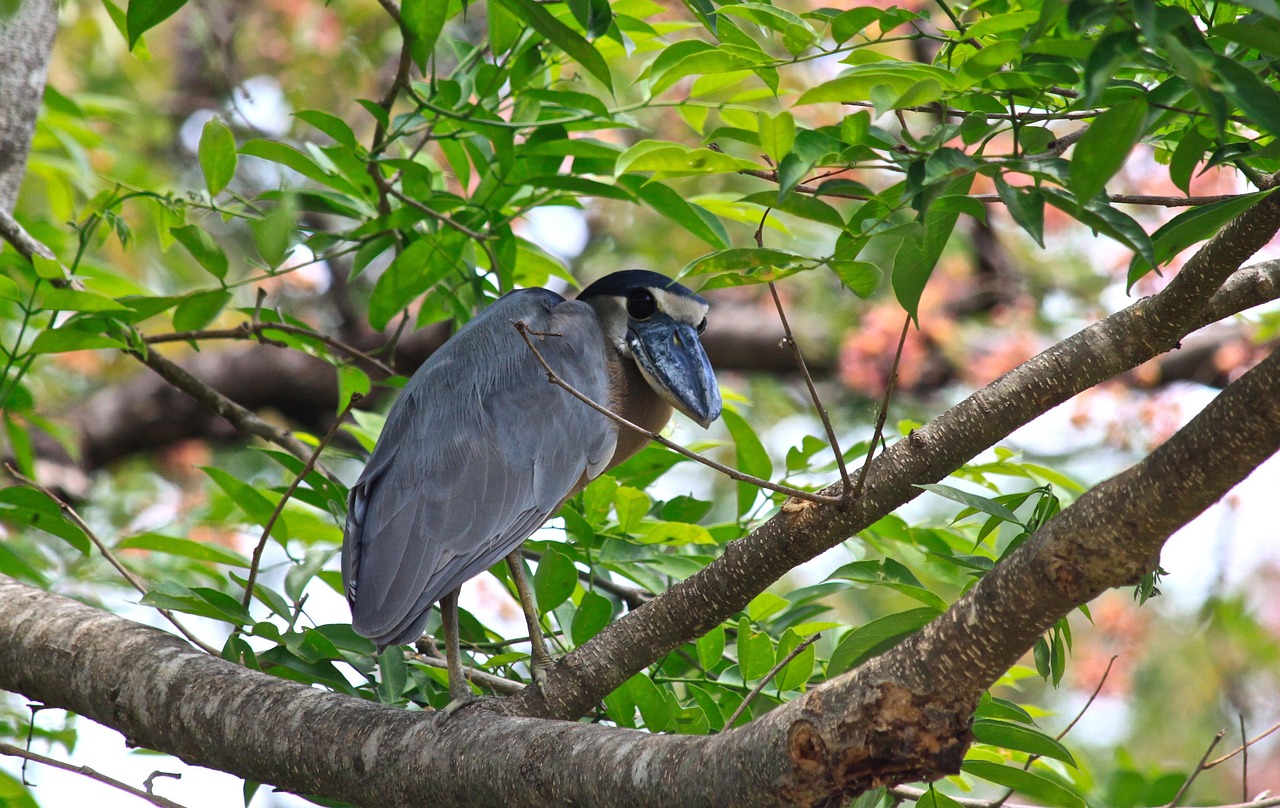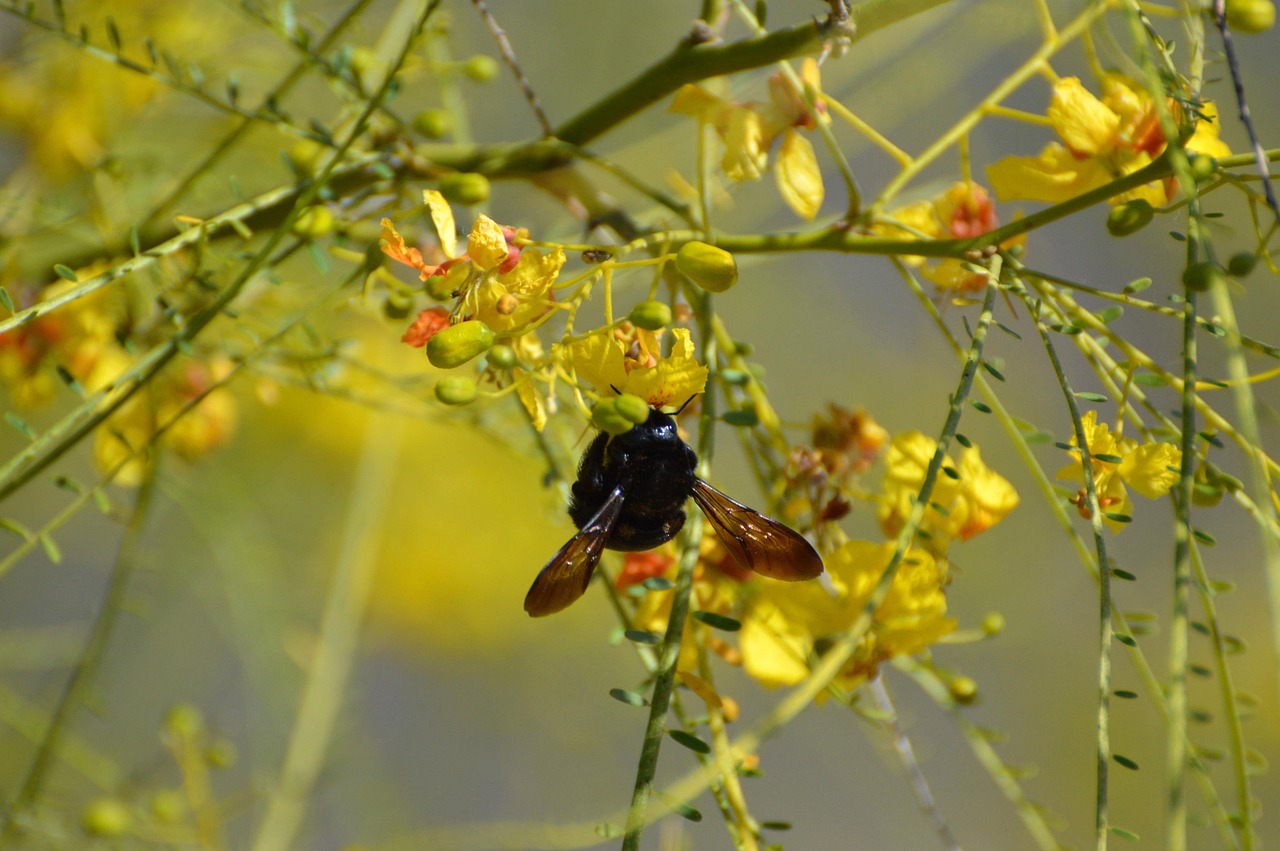The Palo Verde tree, native to the Southwestern United States, typically exhibits a moderate to fast growth rate, averaging 1 to 2 feet per year under optimal conditions. This growth rate can vary based on factors such as soil quality, water availability, and climate.
Palo Verde Tree Overview
The Palo Verde tree, known scientifically as Cercidium floridum or Cercidium microphyllum, is a striking addition to many Southwestern landscapes. It is often recognized for its unique green bark and vibrant yellow flowers that bloom in the spring. This tree plays an essential role in its native ecosystem, providing shade and habitat for various wildlife species.

Palo Verde trees are well adapted to arid environments. They thrive in dry, desert conditions, making them an ideal choice for homeowners and landscapers looking to enhance their outdoor spaces while conserving water. Their drought tolerance and low maintenance needs further contribute to their popularity in landscape design.
Understanding the growth rate of the Palo Verde tree can help gardeners and landscapers plan effectively. Several factors influence how quickly these trees grow, including soil type, sunlight, irrigation practices, and overall climate conditions. Below is a table summarizing key factors affecting the growth rate of Palo Verde trees.
| Factor | Impact on Growth Rate |
|---|---|
| Soil Quality | Well-draining soil promotes faster growth; poor drainage can slow it down. |
| Water Availability | Regular watering in the establishment phase supports more robust growth. |
| Sunlight | Palo Verde trees require full sun for optimal growth; they thrive with at least 6-8 hours of direct sunlight daily. |
| Climate Conditions | Heat and low humidity favor growth; extreme cold can hinder it. |
Growth Stages of the Palo Verde Tree
The growth of a Palo Verde tree can be divided into several stages. Understanding these stages helps in managing the tree’s health and maximizing its potential in the landscape. The stages include:

- Seed Germination: This is the initial stage where seeds sprout into seedlings. Proper moisture is crucial during this phase.
- Seedling Development: In this phase, young trees establish roots and begin to grow rapidly if conditions are favorable.
- Juvenile Growth: The tree enters a period of vigorous growth, typically within the first 5 years. This is when it can reach heights of 3 to 6 feet.
- Mature Growth: After about 10 years, Palo Verde trees reach maturity. They can grow anywhere from 15 to 25 feet tall, depending on environmental conditions.
- Reproductive Stage: Mature trees will begin to produce flowers and seed pods, contributing to the ecosystem’s biodiversity.
Factors Affecting Growth Rates
The growth rate of the Palo Verde tree can be influenced by several environmental and management factors:
- Irrigation: While Palo Verde trees are drought-tolerant, they benefit from regular watering during dry spells to promote rapid growth.
- Fertilization: Applying a balanced fertilizer can enhance nutrient availability, supporting better overall health and growth rates.
- Pest Management: Keeping an eye on pests and diseases ensures that the tree remains healthy, which in turn supports growth.
- Pruning: Proper pruning encourages an open canopy for sunlight penetration, which is essential for photosynthesis and growth.
The Palo Verde tree is not only aesthetically pleasing but also serves practical purposes in landscaping. It provides shade, reduces heat buildup in urban areas, and supports local wildlife. Knowing its growth rate allows for better planning of landscape designs that incorporate this beautiful tree.
In conclusion, understanding the growth dynamics of the Palo Verde tree aids in creating sustainable landscapes that thrive in harsh climates while enhancing the beauty of outdoor spaces.

Optimal Conditions for Growth
To achieve the best growth rate for Palo Verde trees, it is essential to provide optimal conditions. These include selecting the right planting location, ensuring proper soil health, and implementing effective watering practices. Understanding these factors will lead to healthier trees and more vibrant landscapes.
Planting Location
The ideal planting location for a Palo Verde tree should be chosen carefully. Consider the following factors:
- Sun Exposure: Palo Verde trees thrive in full sun. Aim for a spot that receives at least 6 to 8 hours of direct sunlight each day.
- Space: These trees can grow quite large, so ensure there is enough space for them to spread both above and below ground.
- Wind Protection: If possible, plant near structures or other trees that can provide shelter from strong winds, which can damage young saplings.
Soil Requirements
Palo Verde trees prefer well-draining soil that allows excess water to escape. The right soil composition contributes significantly to their growth rate. Here are key considerations:
- Soil Type: Sandy loam or rocky soils are ideal. Heavy clay soils can retain too much moisture, leading to root rot.
- pH Levels: A slightly acidic to neutral pH (around 6.0 to 7.5) is best for optimal nutrient absorption.
- Organic Matter: Incorporating organic materials such as compost can improve soil structure and nutrient content.
Watering Practices
Watering is a critical factor in establishing and maintaining healthy Palo Verde trees. While they are drought-tolerant, proper watering techniques during the early stages of growth can enhance their development.

Irrigation Techniques
Here are some effective irrigation techniques to consider:
- Deep Watering: Water deeply but infrequently. This encourages roots to grow deeper into the soil.
- Drip Irrigation: Installing a drip irrigation system can provide consistent moisture without over-saturating the soil.
- Mulching: Applying a layer of mulch around the base of the tree helps retain soil moisture and regulate temperature.
Signs of Under or Overwatering
It is crucial to monitor the watering habits closely. Here are signs to watch for:
| Condition | Signs |
|---|---|
| Underwatering | Wilting leaves, dry soil, and leaf drop are common indicators. |
| Overwatering | Yellowing leaves, root rot, and poor growth may occur due to excess moisture. |
Pest and Disease Management
Palo Verde trees are generally robust; however, they can still be susceptible to certain pests and diseases. Regular monitoring and management practices are necessary to maintain tree health and support growth rates.
Pests Affecting Palo Verde Trees
The common pests that may affect Palo Verde trees include:
- Phoenix Tree Lopper: This pest can cause significant damage by feeding on leaves and branches.
- Aphids: These small insects can lead to stunted growth and yellowing of foliage.
- Caterpillars: Some caterpillar species may feed on leaves, leading to defoliation.
Disease Prevention
Preventing diseases is crucial for maintaining the health of Palo Verde trees. Here are some strategies:
- Proper Air Circulation: Ensure adequate spacing between trees to promote airflow and reduce humidity levels.
- Avoid Overhead Watering: Water the base of the tree rather than wetting the foliage to prevent fungal infections.
- Regular Inspections: Conduct routine checks for signs of disease or pest activity and take action promptly.
Palo Verde trees are resilient and can thrive in challenging environments when provided with the right conditions. By focusing on optimal planting practices, effective watering techniques, and proactive pest management, you can ensure these striking trees flourish in your landscape.
Seasonal Care for Palo Verde Trees
Seasonal care plays a vital role in promoting the health and growth of Palo Verde trees. As these trees go through various changes throughout the year, understanding the specific needs during each season can enhance their growth rate and overall vitality.
Spring Care
Spring marks a time of active growth for Palo Verde trees. Here are some care tips for this season:
- Watering: As temperatures rise, ensure that the trees receive adequate moisture. Regular watering encourages new growth and helps establish young trees.
- Fertilization: Apply a slow-release fertilizer in early spring to provide necessary nutrients for vigorous growth.
- Pest Monitoring: Keep an eye out for pests such as aphids and caterpillars that may become more active during this season.
Summer Care
During the hot summer months, Palo Verde trees need proper management to cope with high temperatures and potential drought conditions:
- Deep Watering: Water deeply but less frequently to encourage deep root growth. Early morning is the best time for watering.
- Mulching: Add mulch around the base of the tree to help retain moisture and keep the root zone cool.
- Shade Consideration: If young trees are exposed to intense sunlight, consider providing temporary shade to prevent sunburn on the bark.
Fall Care
As temperatures begin to cool in fall, certain maintenance practices can help prepare Palo Verde trees for winter:
- Watering Adjustment: Gradually reduce watering as rainfall increases. Monitor soil moisture levels to avoid overwatering.
- Leaf Drop Management: Rake up fallen leaves to minimize pest attraction and disease buildup.
- Pruning: Late fall is an excellent time for light pruning to shape the tree and remove any dead or damaged branches.
Winter Care
While Palo Verde trees are hardy, some winter care practices can help them thrive even in cooler months:
- Protection from Frost: In areas prone to frost, consider wrapping young trees with burlap or using frost cloths during extreme cold snaps.
- Minimal Watering: Reduce watering significantly during winter months, as trees enter a dormant phase.
- Soil Health: Test soil health before spring. Amendments may be needed to prepare the soil for active growth when temperatures rise again.
Benefits of Growing Palo Verde Trees
Palo Verde trees offer numerous benefits beyond their aesthetic appeal. Understanding these advantages can further encourage their use in Southwestern landscapes.
Environmental Benefits
Palo Verde trees contribute positively to the environment in several ways:
- Drought Resistance: Their ability to thrive in arid conditions makes them excellent choices for water-wise landscaping.
- Erosion Control: The extensive root system helps stabilize soil and prevent erosion, particularly in hilly or sloped areas.
- Biodiversity Support: These trees provide habitat and food for various birds, insects, and other wildlife, thus enhancing local biodiversity.
Aesthetic Appeal
The visual impact of Palo Verde trees in landscaping cannot be overstated. Their bright yellow flowers in spring create stunning displays, while their unique green bark adds year-round interest. Moreover:
- Shade Provision: Mature trees provide ample shade, making outdoor spaces more comfortable during hot months.
- Low Maintenance: Once established, Palo Verdes require minimal care, making them ideal for busy homeowners.
- Curb Appeal: Their striking appearance increases property value and enhances overall curb appeal.
Cultural Significance
The Palo Verde tree holds cultural significance in many Southwestern communities. It is not only a symbol of resilience but also a part of local traditions and history.
Symbolism and Usage
The tree is often seen as a representation of survival in harsh environments. Additionally, it is used in various cultural practices:
- Ceremonial Uses: Some Native American tribes utilize Palo Verde wood for traditional ceremonies and crafts.
- Culinary Applications: The seed pods are sometimes used in traditional dishes, showcasing the tree’s role in local food cultures.
- Aesthetic Traditions: In art and literature, the Palo Verde tree is often depicted as a symbol of hope and beauty in the desert landscape.
The combination of environmental benefits, aesthetic appeal, and cultural significance makes the Palo Verde tree a valuable addition to Southwestern landscapes. Understanding seasonal care requirements and recognizing its importance can lead to a thriving garden that honors both nature and tradition.
Additional Care and Maintenance Tips
Beyond seasonal care, there are several best practices to keep in mind for the ongoing maintenance of Palo Verde trees. These practices will ensure that your trees remain healthy and continue to grow at an optimal rate throughout their lifespan.
Regular Pruning
Pruning is essential for maintaining the shape and health of Palo Verde trees. Here are some important points to consider:
- Timing: The best time to prune is during late winter or early spring before new growth begins.
- Techniques: Remove dead or crossing branches to improve air circulation and light penetration. Avoid heavy pruning, as it can stress the tree.
- Tools: Use sharp, clean pruning shears to make clean cuts, which help prevent disease.
Monitoring Soil Moisture
Effective management of soil moisture is crucial for the health of Palo Verde trees. Consider using the following techniques:
- Soil Moisture Sensors: Installing moisture sensors can provide real-time data on soil conditions, helping you avoid over or under-watering.
- Visual Inspection: Regularly check the soil around the base of the tree. If it appears dry or overly wet, adjust your watering schedule accordingly.
- Mulch Layer: Maintaining a 2-3 inch layer of mulch can significantly help retain moisture and promote healthier root development.
Palo Verde Trees in Landscape Design
Palo Verde trees can play a pivotal role in landscape design, especially in arid regions. Their unique features allow them to be incorporated into various design themes effectively.
Native Plant Landscaping
Incorporating Palo Verde trees into native plant landscaping has multiple benefits:
- Ecosystem Balance: Using native plants helps maintain local ecosystems, providing habitats for native wildlife.
- Water Conservation: Native plants generally require less water, making them ideal for sustainable landscaping practices.
- Aesthetic Harmony: Palo Verde trees blend beautifully with other native plants, creating a cohesive look that reflects the natural environment.
Shade and Privacy Screens
Palo Verde trees can effectively provide shade and privacy in residential landscapes:
- Strategic Placement: Planting them on the west or south side of your home can create cool shaded areas during the hottest parts of the day.
- Windbreaks: In addition to shade, these trees can serve as natural windbreaks, protecting your property from strong desert winds.
- Layering with Other Plants: Combining Palo Verde with shrubs and smaller plants can enhance privacy while maintaining an open feel.
Final Thoughts
The Palo Verde tree is an exceptional choice for Southwestern landscapes due to its unique characteristics, growth rate, and ecological benefits. Its ability to thrive in arid conditions while providing aesthetic beauty makes it a favorite among landscapers and homeowners alike. By understanding its growth requirements, seasonal care needs, and cultural significance, you can cultivate a healthy and vibrant tree that enhances your outdoor space.
Moreover, the incorporation of Palo Verde trees into landscape design can contribute to sustainable practices that benefit both the environment and your home. With proper care and maintenance, these trees can flourish, offering shade, beauty, and a connection to the rich cultural heritage of the Southwest.
In essence, embracing the Palo Verde tree not only enriches your landscape but also fosters a deeper appreciation for the resilience and beauty of nature. As you plan your garden or landscape, consider the many ways this remarkable tree can enhance your space while promoting biodiversity and sustainability in your local environment.
